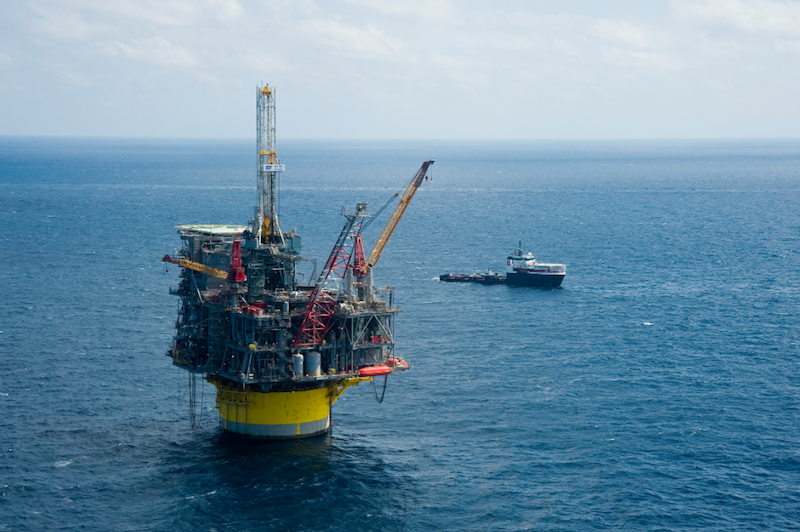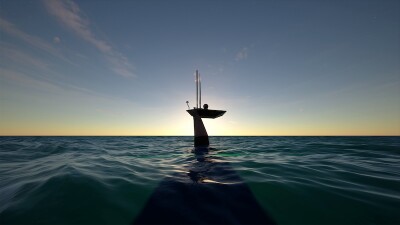Weather forecasters' predictions that called for above-average snowfall to bury the Northeast and subzero temperatures chilling the Plains were accurate this winter.
Natural gas suppliers saw this wave of Arctic cold coming and the accompanying spike in prices. There was the anticipation of sustained increases in gas prices for the duration of the winter.
The gas price drama was short lived. After a very mild December gas futures declined to a low of near $2.60 per million Btu (MMBtu) and then spiked to a high near $3.60 at the end of January. But then gas futures plummeted back to December lows by mid-February and essentially stayed there for the rest of the winter. Talk of low inventories and sustained shortages (other than the anomaly of New England) faded away.
There are lessons here with big implications for future gas prices and alternative energy sources, such as coal, on which the barge transportation sector depends. First, U.S. natural gas production has increased nearly 30% between 2011 and 2018. Second, gas consumption has similarly followed, resulting in gas inventories that look very similar over the last three winters. At the same time exports have been rising, growing nearly 50% between 2014 and 2017. However, increased domestic demand and rising exports have not resulted in sustained price increases. In fact the opposite has occurred, with prices declining.
Despite the growing demand domestically and from export markets, gas prices are hovering below the target of $3 MMBtu and are now projected to stay in that range. Gas supply is driving the equation, surging out of West Texas and new supersize wells in Louisiana and Wyoming amidst new pipeline infrastructure. The supersize wells have lower production costs and can produce multiple times the volumes of a typical vertical well.
These trends are a boon to U.S. homeowners, chemical manufacturers and power plant operators. But gas producers and suppliers of alternative fuels will continue to feel the pressure from sustained low oil prices.
As for coal, the future is not very optimistic, and this includes for the transport sectors that move the commodity.





